
When you live with a chronic illness, life is rarely easy.
After all, nobody wants to be sick. We want the same things in life as everyone else, we’re just stuck with unwanted limitations.
You may not be able to magically make your condition disappear, but you’re also never powerless. You can always take steps to make your life a little bit easier, a little less scary, and a little more practical.
It’s about trying to raise quality of life, bit by bit, piece by piece.
Here are a few helpful hacks to make your life more manageable.
1) Keep a medical go bag
When you live with a chronic illness, any number of things can go wrong at a moment’s notice. It’s hard to live with that kind of uncertainty. But you can overcome some of that fear through planning, and being prepared.
A medical go bag is a small bag that you keep on hand, filled with the medications and supplies that you’ll need if your symptoms flare up or if anything goes wrong. The idea is to leave it packed so you can just grab it when you’re ready to leave and go out somewhere.
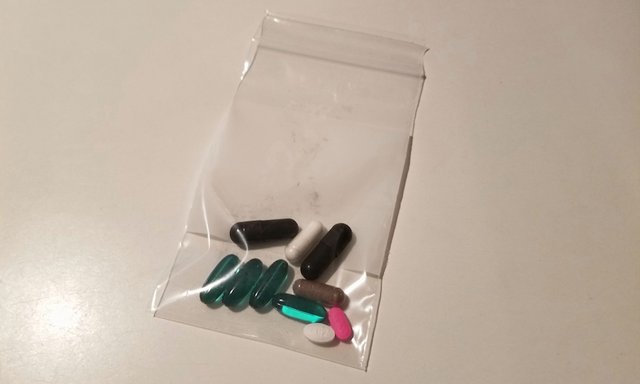
I used to carry a lot of supplies with when I was out and about. If I’m going to be out for a while, I still do. But most of the time, I usually just take a small zip lock bag with the various medications and supplements I might need.
A few ideas for packing your medical go bag:
- Medications and supplements
- Medical ID Card and Emergency Contacts
- Towel
- Water Bottle
- Snacks
- A small first aid kit
- Money
- Earplugs
2) Keep High Fidelity Earplugs on your Keychain
When you live with a chronic illness that affects your ears or your hearing, having a set of high-fidelity (musicians) earplugs on hand can make things a lot easier.
High-fidelity earplugs are great because they lower the volume of your surroundings without muffling or distorting the quality of the sound, like foam or silicone earplugs would. In other words, you can still hear the world around you, carry on conversations, and enjoy music.
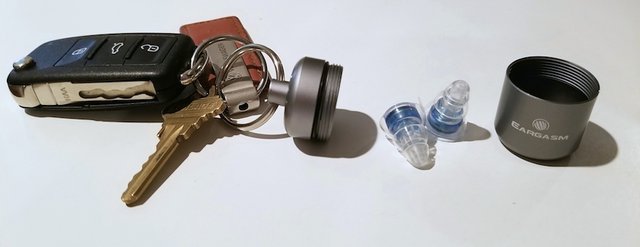
It’s a great tool for anyone who enjoys a quieter environment or deals with any kind of noise sensitivity issues. It’s also a great way to protect your hearing in loud settings.
A good set can be had for less than $30.
These are my favorite brands:
- Eargasm Earplugs ($25.88)
- Etymotic ER20XS Earplugs ($19.95)
- Etymotic ETY Plugs ($13.95)
- Earasers Earplugs ($39.99)
3) Put your Medical ID info on your phone lock screen
Many people with chronic illnesses wear medical ID bracelets or carry a medical ID cards.
But did you know that you can put your medical and emergency information on the lock screen of your smartphone? It’s simple to do and I encourage everyone to set it up.
iPhones:
First open the Health app that came preloaded on your iPhone. Then, click “Medical ID” and select “edit.” You can now enter your emergency contacts and your medical information. Once you’re finished, make sure to enable “Show when locked” and click “Done.”
To access the medical ID information from the lock screen, all you have to do is tap “Emergency” from your lock screen and select “Medical ID.”
For a tutorial with images from Apple, click here.
Android phones:
The easiest way to add your medical information to the lock screen on Android is with a third-party app, and there are quite a few to choose from:
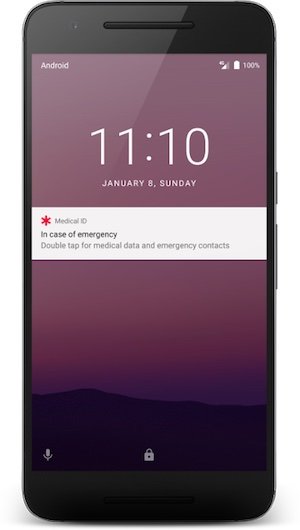
- ICE – In Case of Emergency (Free)
- ICE – Life Assyst (Free)
- Medical ID – ICE Contacts App ($2.99)
- Other Apps
Alternative Method:
If you would prefer an alternative method, or if the other methods don’t work for you, you can add Medical ID information as text on top of a picture that you set as your lock screen wallpaper.
Some phones allow you to add text to pictures from within the photos app, but you can do it easily with Phonto (available for Android and iOS).
4) Remember things more easily with Voice Notes:
One unfortunate symptom of many different chronic illnesses is brain fog.
It’s a kind of cognitive impairment - a clouding of consciousness that can affect memory, focus, word recall, executive function, productivity and a whole lot more.
But you can compensate for some of the forgetfulness by voice dictating notes to your smartphone.
iPhones and iPads: Simply say, “Hey Siri” or press and hold the home button to activate Siri. When she responds, say “Take a note.” Siri will transcribe everything you say into text and save it in your notes app.
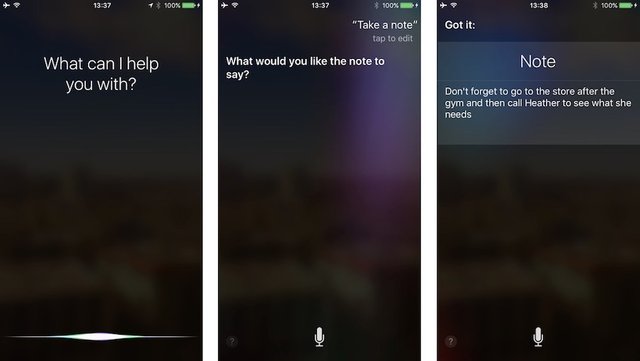
(Image Source: iMore)
Android phones and tablets: Simply say, “OK Google” or tap the microphone on the google widget to activate Google assistant. Then say, “Take a note.” It will ask you what you want the note to say.
Once you’re finished, if you’ve never done this before, it will ask you to select an app to save the note to. Google Keep, Evernote, and Microsoft OneNote are all good apps for this.
5) Have a Secret Signal for Emergencies
When you’re chronically ill, there’s a good chance you’re going to run into some kind of emergency at one point or another. It’s never easy, but it can be helpful to have a way to signal that you're in trouble to your friends, family, and colleagues.
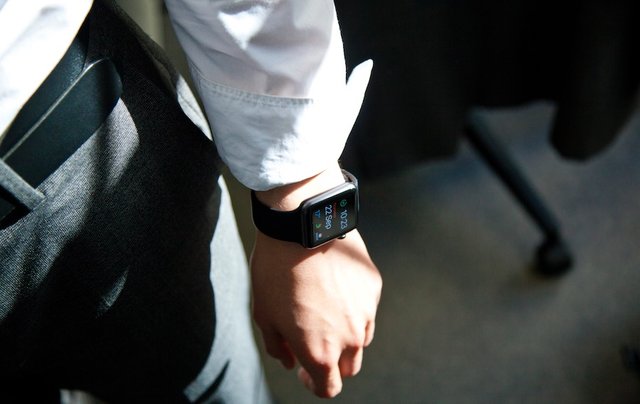
It can be a hand signal, a secret word, or a phrase. All that matters is that you establish this signal ahead of time. This way, should you need to give the signal, your loved ones will know exactly what’s going on and how to respond.
If you’re by yourself, you can use these hidden emergency features on your smartphone to alert your friends and family when you need help.
(A version of this post originally appeared on my chronic illness blog)
Thanks for sharing!
@avellana
Downvoting a post can decrease pending rewards and make it less visible. Common reasons:
Submit
:)
Downvoting a post can decrease pending rewards and make it less visible. Common reasons:
Submit
resteeming.definitely :)
Downvoting a post can decrease pending rewards and make it less visible. Common reasons:
Submit